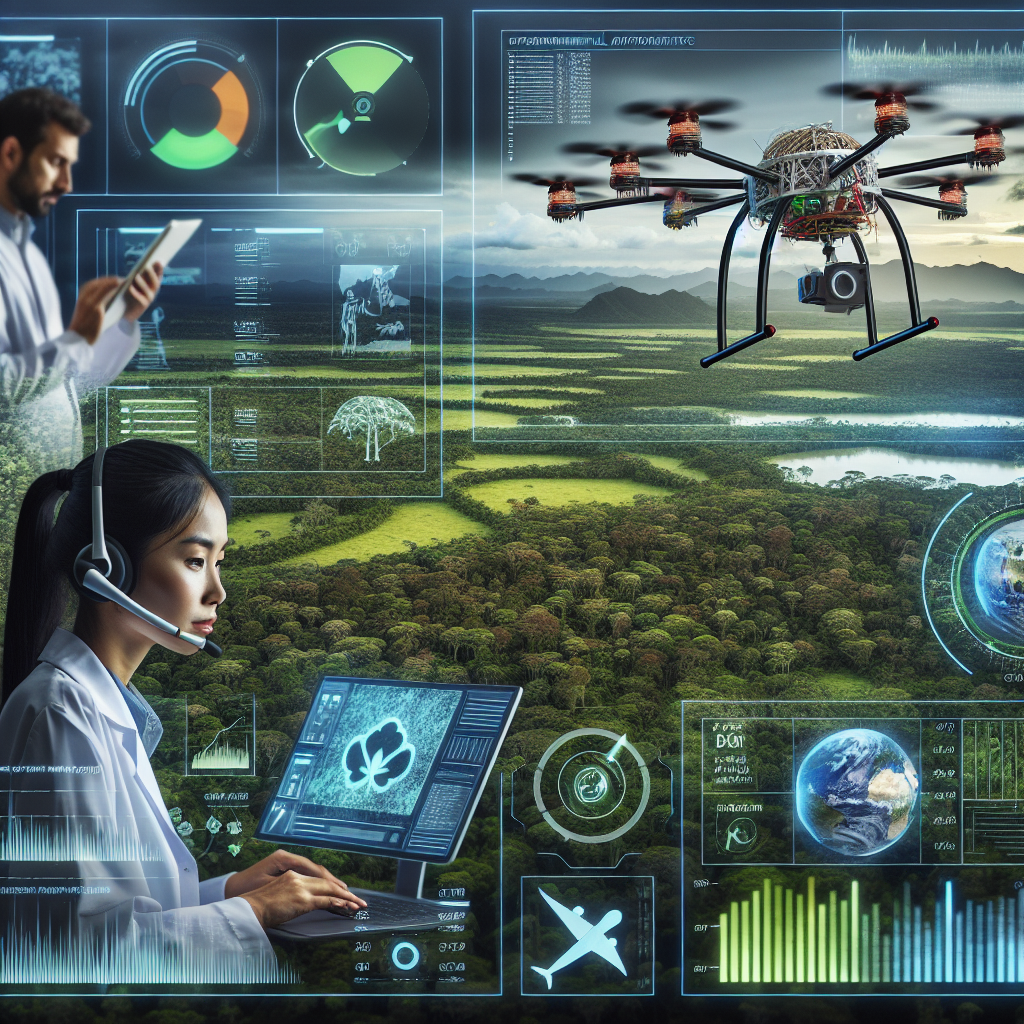AI in Environmental Monitoring: Your Questions Answered!
Hey there! 🌍 Are you curious about how Artificial Intelligence (AI) is transforming environmental monitoring? You’re in the right place. Let’s dive into some common questions and explore this fascinating topic together.
1. What is AI in environmental monitoring?
Great question! AI in environmental monitoring refers to the use of intelligent algorithms and technologies to track and analyze various environmental parameters. These could be anything from air quality and water levels to wildlife movements and deforestation rates.
2. How does AI help in environmental monitoring?
AI brings numerous benefits to environmental monitoring:
- Data Collection: Drones, satellite imagery, and IoT sensors collect vast amounts of environmental data.
- Data Analysis: AI algorithms analyze this data to identify patterns, predict trends, and generate actionable insights.
- Real-Time Monitoring: AI enables continuous and real-time monitoring, which is critical for timely interventions.
3. What are some real-world applications of AI in this field?
AI is already making waves in environmental monitoring. Here are a few cool examples:
- Wildlife Protection: AI-powered cameras and sensors help track endangered species and prevent poaching.
- Forest Monitoring: AI analyzes satellite images to detect illegal logging activities and forest fires.
- Air Quality Monitoring: AI systems predict pollution levels and suggest mitigation measures.
4. Can AI predict environmental disasters?
Yes, it can! AI systems can analyze large datasets to predict natural disasters like floods, hurricanes, and wildfires. For instance, machine learning models can identify early signs of wildfire spread or predict flood zones based on historical weather data and current conditions.
5. What are the challenges of using AI in environmental monitoring?
Despite its potential, using AI for environmental monitoring comes with several challenges:
- Data Quality: Accurate AI predictions require high-quality, reliable data, which can be hard to obtain.
- Data Privacy: Collecting environmental data might involve privacy concerns, especially when it pertains to human activities.
- Resource Intensive: AI algorithms require significant computational resources, which can be costly.
6. How can I get involved?
If you’re passionate about using AI for environmental good, there are several ways to get started:
- Education: Learn about AI and its applications in environmental sciences. Online courses and webinars are great resources.
- Projects: Join or start AI-based environmental projects. Collaborating with like-minded individuals can make a significant impact.
- Advocacy: Raise awareness about the importance of AI in environmental monitoring and support policies that promote sustainable use of technology.
There you have it! AI is not just a buzzword; it’s a powerful tool for protecting our planet. Exciting times ahead, don’t you think? 😊
